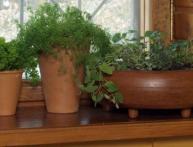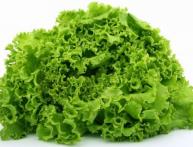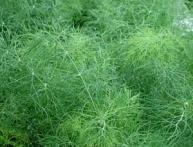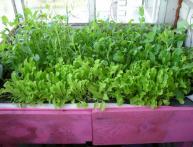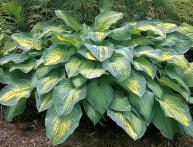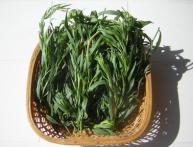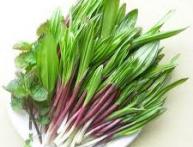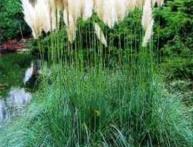Curly parsley
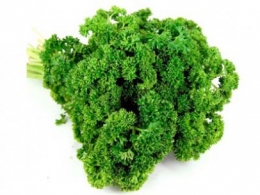
Curly parsley It is very widely used in the everyday life of almost every person and probably every summer resident in his garden will have a small bed of green storehouse of vitamins and microelements.
Parsley is used in many areas: medicine, cooking, folk medicine and many others.
Curly parsley is a herbaceous, bare biennial plant, reaching an average height of 100 cm. It has a branched stem, shiny triangular leaves, small yellowish-green flowers in multi-punchy umbels, oblong-ovate fruits and light brown semi-fruits.
The plant blooms in July, and the ripening process takes place in August. In particular, the fruits of the plant (seeds) are used, but the leaves are also widely used and, slightly less frequently, the roots.
Curly parsley fruits contain in their chemical composition essential oil, the main component of which is apiol. The fruits also contain about 22% fatty oils. The leaves contain essential oil. Carotene, aligenin and ascorbic acid. The chemical composition of the flowers includes kaempferol and quercetin, and the roots contain apigenin.
The pharmacological properties of parsley have long been known: analgesic; expectorant; stimulates belching; cleanses the kidneys, uterus and bladder; An excellent remedy for combating difficulty breathing; has antitoxic properties; resolves tumors in the initial stages of formation and much more.
Grow parsley using seeds. After the first sowing, the plant forms lush, rich foliage, and in the second year the fruits can already be harvested. Curly parsley has incredible resistance to frost and remains just as “vigorous” when the harvest of many crops has long been harvested.

